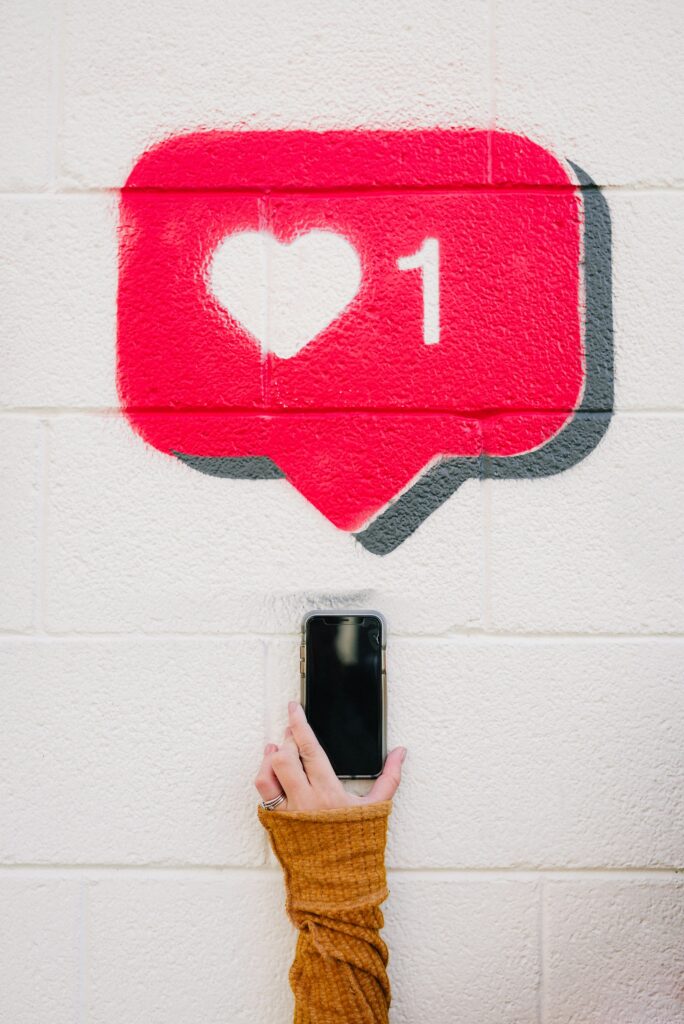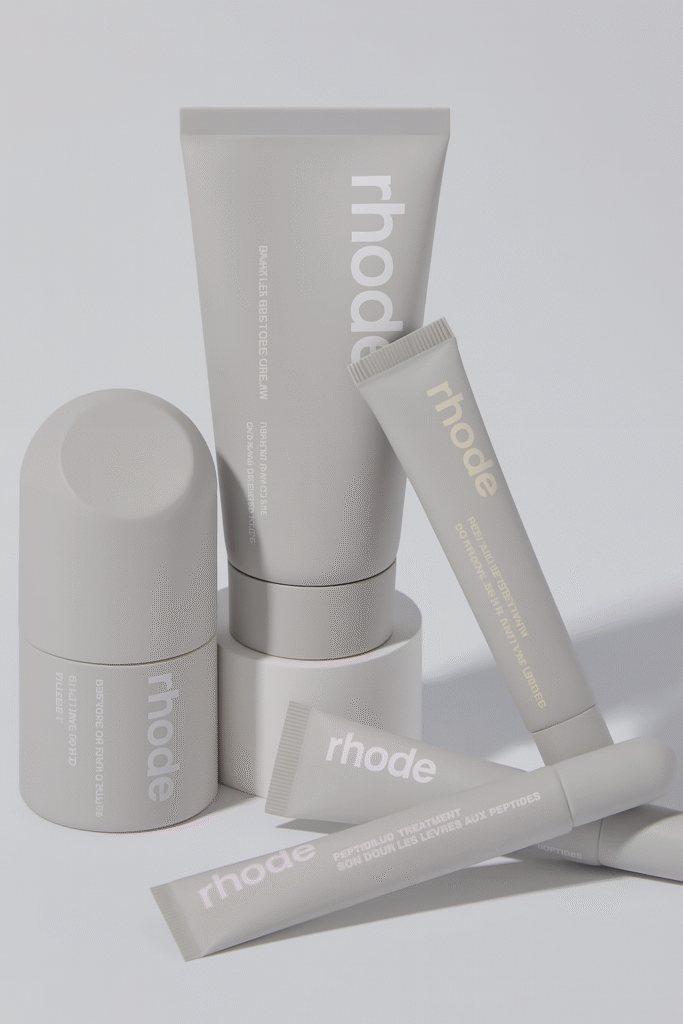The Marketing Strategy Behind Poppi’s Rebrand — and How It Helped Them Sell to Pepsi
When PepsiCo acquired Poppi for a reported $1.95 billion in 2025, it wasn’t just buying a beverage—it was investing in a brand. Poppi’s rapid ascent from a small startup to the most talked-about “soda that’s not soda” was fueled by bold marketing moves, intentional brand strategy, and a consumer-first approach. Here’s how Poppi’s rebrand helped build momentum, connect with customers, and ultimately attract the attention of one of the world’s biggest beverage companies.
Rebranding: From Niche to Mainstream
Poppi began as a brand called “Mother”—named after the strand of bacteria in apple cider vinegar. While functional, the name was uninviting and hard to scale. The rebrand to “Poppi” changed everything. It was short, memorable, upbeat, and evoked a sense of fun that aligned with their goal of making a healthier soda alternative.
The visual identity also underwent a complete transformation. Dull, medicinal packaging gave way to bold, modern can designs featuring vibrant colors and clean, youthful typography. This helped Poppi stand out on shelves, especially in an era when consumers are drawn to aesthetic, Instagrammable products.
Strategic Positioning: The Rise of the “Prebiotic Soda”
Poppi’s key repositioning move was changing the product narrative. Instead of focusing on the apple cider vinegar itself, Poppi began promoting the concept of a “prebiotic soda.” This was a critical shift. It made the product sound not just healthy, but category-defining—functional like kombucha, but accessible like soda.
By claiming space in the functional beverage category, Poppi positioned itself in a fast-growing health and wellness market. This clarity of message helped consumers immediately understand the product’s benefits without needing to explain fermentation or gut flora.
Building Brand Through Community and Content
Poppi leaned heavily into digital-first marketing. One of its most effective tactics was authentic, founder-led content on TikTok. Co-founder Allison Ellsworth frequently appeared in short videos talking about the brand, the benefits of prebiotics, and behind-the-scenes stories. One organic TikTok reportedly drove $100,000 in sales in a single day.
In addition to founder-led content, Poppi activated both macro and micro influencers. Pop culture figures like Kylie Jenner and Post Malone posted with the product, giving it social proof and cultural credibility. Meanwhile, thousands of everyday creators shared content about Poppi, helping it go viral among younger audiences.
The brand’s social media presence focused on relatability, bold messaging, and consumer-first language. Rather than sounding like a corporate health drink, Poppi spoke like a friend—approachable, honest, and fun.
Smart Distribution: Direct-to-Consumer Before Retail
Poppi started with a direct-to-consumer (DTC) model, selling through its website and Amazon. This allowed them to control brand messaging, test product-market fit, and build a community of loyal buyers without retail gatekeepers.
Once demand and awareness were established online, Poppi strategically entered retail in high-visibility locations like Whole Foods, Target, and fitness-oriented stores. This hybrid approach—digital traction followed by selective retail expansion—ensured strong pull-through on shelves, not just placement.
Culture-Driven Campaigns and Experiential Marketing
Poppi didn’t rely solely on health claims to grow. The brand invested in marketing that was rooted in pop culture and lifestyle appeal.
From paid Super Bowl advertising to gaming activations (like a branded Fortnite mini-game), Poppi inserted itself into conversations beyond the beverage aisle. They launched merch collaborations, threw parties during major events like Coachella, and created limited-edition product drops that felt more like sneaker releases than soda launches.
This approach helped solidify Poppi as a lifestyle brand—not just a drink—and extended its relevance across different consumer touchpoints.
The Role of Strong Branding in Poppi’s Success
Poppi’s branding wasn’t just about colors and fonts—it was about clarity, consistency, and connection. The brand made several smart branding moves that laid the groundwork for scale and acquisition:
- Clear identity: Poppi knew exactly who it was—and who it wasn’t. It embraced boldness and playfulness while rejecting the clinical tone common in wellness brands.
- Consistency across channels: From packaging to TikTok to retail displays, every part of Poppi’s branding felt cohesive. This consistency reinforced memorability and trust.
- Emotional connection: Poppi built a brand that stood for more than gut health. It stood for optimism, self-care, and better choices—all while still being fun. That emotional layer helped create loyalty.
- Scalability: The simplicity of the name, design, and messaging allowed the brand to scale across channels and regions without losing integrity.
Ultimately, strong branding created a durable asset—one that resonated with consumers, earned attention from media and influencers, and made Poppi an attractive acquisition target.
Pepsi’s Interest: What Made Poppi the Perfect Fit
PepsiCo didn’t just acquire a product; it acquired a brand with momentum, relevance, and growth potential. Several factors made Poppi particularly appealing:
- Cultural relevance: Poppi had already become a favorite among Millennials and Gen Z consumers, two critical demographics for long-term growth.
- Functional health positioning: Poppi’s identity as a gut-health-forward soda aligns with PepsiCo’s broader strategy of expanding into better-for-you categories.
- Proven demand: With more than $100 million in annual revenue, rapid retail expansion, and category leadership on Amazon, Poppi proved its market viability.
- Brand equity: PepsiCo didn’t have to build a new health soda from scratch. Poppi had already done the work of capturing hearts and shelf space.
Key Marketing Lessons
- Rebrand with purpose: Poppi didn’t just change its look—it redefined what the product was and who it was for.
- Start with community: Founder-led content and customer engagement built trust before major ad spend.
- Balance DTC with retail: Control the story early, then scale with distribution partners.
- Invest in culture: Lifestyle branding and event activations made Poppi part of conversations beyond the product.
- Build for acquisition: Clear, scalable branding and strong sales data positioned Poppi as a strategic buy, not just a trend.
Conclusion
Poppi’s rise wasn’t accidental. It was the result of clear vision, strategic branding, and a relentless focus on cultural relevance. By transforming a niche apple cider vinegar drink into a bold, modern prebiotic soda, Poppi became a standout in both the functional beverage market and the marketing world. And that’s exactly the kind of story that makes billion-dollar acquisitions possible.




